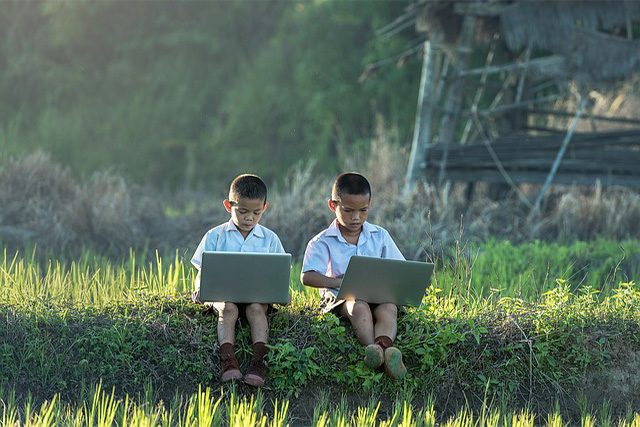In observance of International Youth Day, a tech company partnered with youth organizations across Asia Pacific to help improve the technical skills of the marginalized youth and provide them technological access.
Among the partners of Lenovo Philippines are TNS India Foundation (TNSIF), Code Like A Girl in Australia and
New Zealand, Waffle in Japan, and Solve Education!.
Solve Education! is an advocacy group that provides help to ASEAN countries, including the Philippines.
The youth org also develops applications that combine curriculum and games. It has developed a propriety city-building game, Dawn of Civilization that gives a series of tasks participants must complete within each chapter to earn reward points.
The applications are likewise geared toward improving English literacy, mathematical ability, and other life skill lessons, equipping the youth with requisite elementary skillsets.
“While education is fundamentally a human right, many Filipino children are deprived of the opportunity to learn and grow,” said Michael Ngan, president and general manager of Lenovo Philippines.
Ngan noted that the COVID-19 pandemic and transition to distance learning exposed the inequalities in access to education.
“The pandemic has further highlighted the inequalities when it comes to access to education, especially with the transition to virtual learning,” the exec said.
“Many of the available free courses and applications online are in English, which is why our efforts have a greater focus on English
literacy. We are excited to continue our collaboration with Solve Education! and help change the lives of more Filipino youth through technology,” Ngan added.
According to Social Weather Stations, about four of ten Filipino students do not have any instruments needed for distance learning.
READ: Four of 10 Filipino students lack distance learning tech
Due to the COVID-19 pandemic, the Department of Education implemented blended learning for the school year 2020 to 2021 amid the COVID-19 pandemic.
A report by World Bank showed that 98% of Filipino children still struggled with reading simple texts at the age of 10.
Based on the same report, the Philippines scored the highest percentage of learning poverty in Asia.
READ: Crisis in education? Pinoys fret over Philippines’ high learning poverty rate










